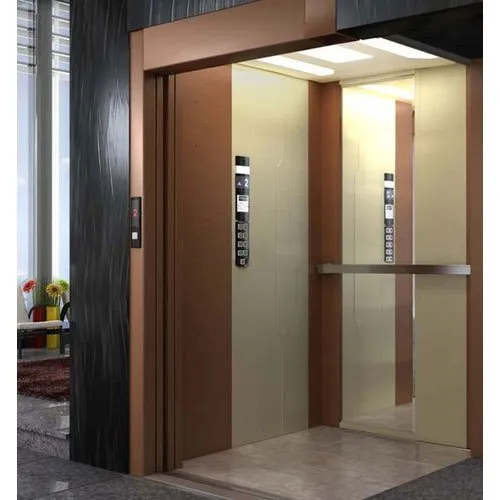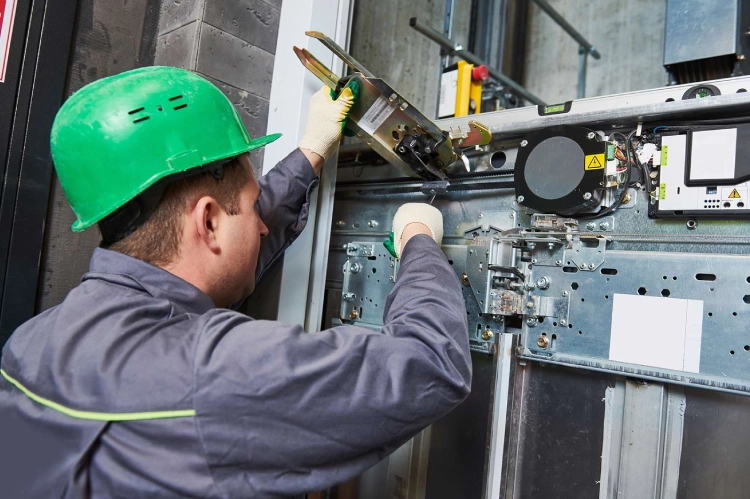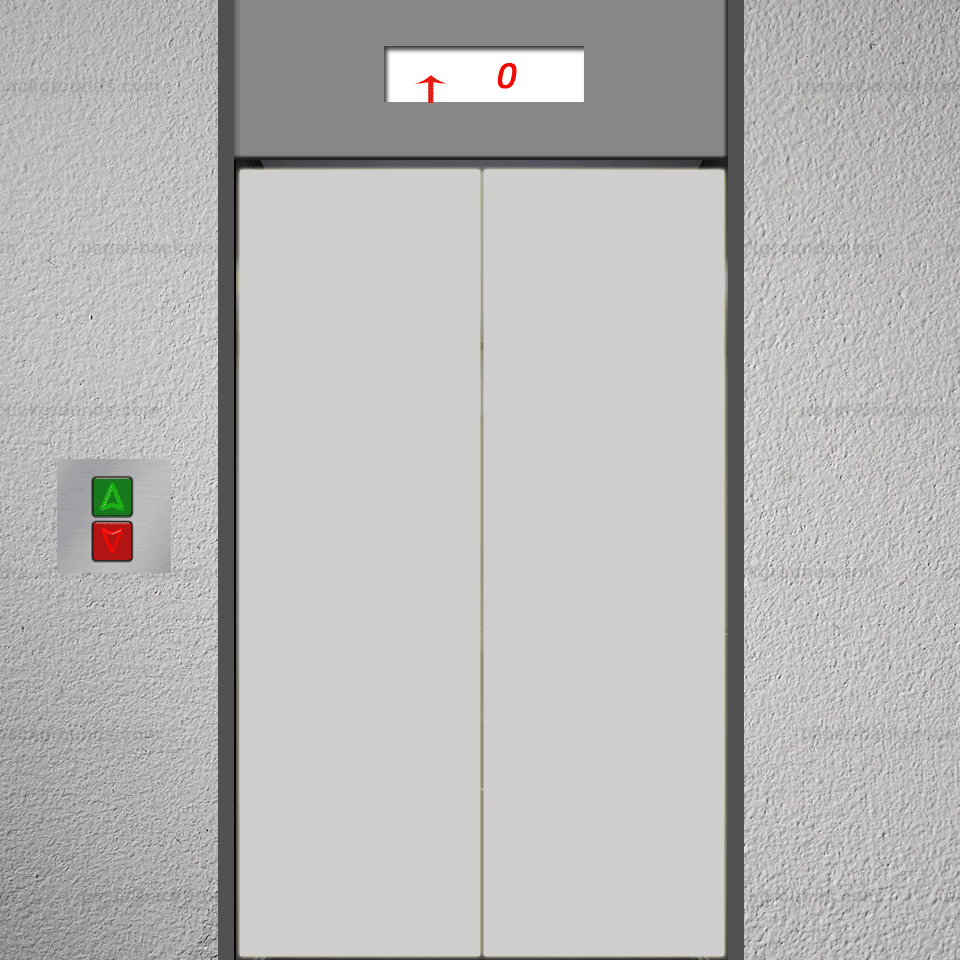
"With over 15 years of experience in the industry of Lift or Elevator manufacturing, in Chennai VINI ELEVATORS is a leading provider of superior elevator installation and maintenance services. Over the years, we have built a solid reputation for our exceptional workmanship, unmatched customer service, and commitment to quality.
We take pride in our extensive client base, which consists of more than 350 satisfied clients. Our dedication to meeting and exceeding their expectations has allowed us to successfully complete over 1000 projects across various sectors including residential, commercial, and industrial.
Learn MoreAt VINI ELEVATORS, we believe in delivering excellence through our team of highly skilled and qualified workers. With more than 30 qualified workers on board, we ensure that every project is executed with perfection and precision. Our team is well-versed in the latest industry trends and technology, ensuring that we stay ahead of the curve and provide our clients with cutting-edge elevator solutions.
Whether you are looking for new Elevator Installations, Modernization of existing elevators, or Maintenance services, Home / Residential Lifts, Car Lifts, Passenger Lifts, Commercial Lifts, Industrial Lifts, Hydraulic Lifts, Dumbwaiter Lifts, Freight Lifts, Structure Lifts, Capsule Lifts, Traction with a Machine Room(MR), Machine - Room - Less (MRL) Traction, Goods Lifts, and Hospital Lifts we have got you covered. Our professionals work closely with clients to understand their specific requirements and deliver tailor-made solutions that perfectly cater to their needs.
We understand that an elevator is not just a means of transportation but also an integral part of a building's aesthetics and functionality. Therefore, we strive to provide best Home Elevator Manufacturers in Chennai aesthetically pleasing designs, energy-efficient solutions, and top-notch safety features that enhance the overall experience for users.
Customer satisfaction is our top priority, and we go the extra mile to ensure that all our clients are completely satisfied with our services. From the initial consultation to the completion of the project, we maintain open communication channels, transparent pricing, and timely delivery.
Experience the difference of VINI ELEVATORS today and join our ever-growing list of satisfied clients. Contact us now for all your elevator needs and let us elevate your expectations!
 350
+
350
+
Happy Clients
 1000
+
1000
+
Completed Project
 30
+
30
+
Qualified Workers

Best Lift Installation Services in Chennai. We have more than a decade of experience in design and Provider of special lifts based on various site conditions.

We are a recognized and well-reputed Elevator manufacturers in Chennai. Though vast experience in this field, we are experts in Lift Repair and Services in Chennai

We provide best Lift Maintenance Services in Chennai. We supply a wide range of lift varieties like passenger lifts, Freight Lifts, residential elevators, heavy-duty lifts and more in a budgeted manner.

Yeah..!!! We are just taking our customers to new heights to explore more. Significance in Lifts, whether it's in residential buildings, commercial complexes, or industrial spaces. That's why our team of trained technicians and engineers is dedicated to delivering superior services to meet your exact requirements.
Our range of Products includes the installation of various types of elevators, such as Home/Residential Lifts, Car Lifts, Passenger Lifts, Commercial Lifts, Industrial Lifts, Hydraulic Lifts, Dumbwaiter Lifts, Freight Lifts, Structure Lifts, and more. Whether you need a simple lift for your home or a complex elevator system for your commercial building, we have the expertise and resources to exceed your expectations.
Quality is important from all the above else in every aspect of our performance.
We will provide executively challenging projects and successful contracts, on time.
We provide complete post installation support for all installations and every service undertaken.
We are known to be reputed Lift / Elevator Manufacturers in Chennai and one stop solution for Industrial Lift Manufacturers, Goods Lift Manufacturers, Hydraulic lift Manufacturers, Commercial Lift Manufacturers, Dumbwaiter Lift Manufacturers, Passenger lift Manufacturers, Car lift Manufacturers, Hospital Lift Manufacturers, Machine Room Less lift Manufacturers, Traction Lift Manufacturers, Capsule Lift Manufacturers, Freight Lift Manufacturers, Lift Installation Services, Lift Repair and Services, Lift Maintenance Services, Lift Modernization Services in Chennai.
Vini Elevators in Chennai is a company that specializes in the installation, maintenance, and repair of elevators.
VINI ELEVATORS - " Taking you to greater heights with flawless vertical transportation! "
learn moreVini elevators are good in quality and great technology with knowledge people and rapid response. Their service is good.
Standing true to the Saying Customer is King, Mr.Vincent and Team attended the issue on time and got it resolved. Thanks and wishing the team to keep up the same spirit always.
It is a pleasure to engage Vincent and team. Very professional and on the dot punctual. Subject matter experts in elevelatoe field - I strongly recommend engaging them.
We recommend that it be done two to four times a year, but the frequency of usage of the lift will also affect this.
As a leading lift manufacturer in Chennai, we install hospital lifts, Capsule lifts, freight elevators, passenger lifts, commercial lifts,structure lifts, home lifts, goods and service lifts, etc.
In India, the price of a residential elevator can start at approximately Rs 2 lakh and go up to Rs 30 lakh.
Indeed, Hospital Elevator Manufacturers in Chennai are made in keeping with safety standards to ensure the well-being of both workers and patients.
We, the best Lift manufacturers in Chennai, now use PM motors with VFD drives, which require significantly less electricity.
Yes, it is frequently possible to modify Goods Elevator Manufacturers in Chennai to meet unique needs. Size, load capacity, control systems, and interior design are examples of customization options that can be used to meet specific cargo requirements.
As the most popular lift manufacturer in Chennai, we were absolutely covered by a one-year comprehensive guarantee as well as a five-year limited warranty on the screw and driver unit, provided that the lift was regularly and on-time maintained.